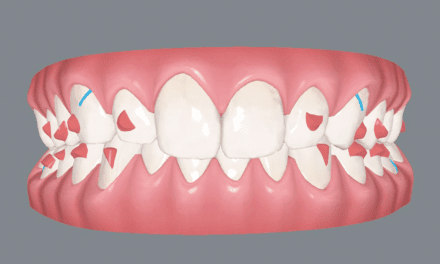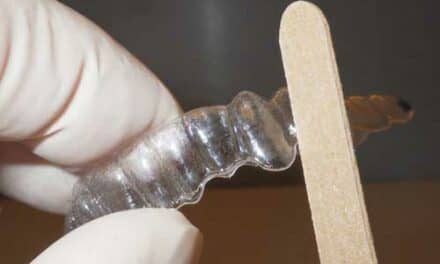Noel Kelsch, an infection control columnist, registered dental hygienist and former president of the California Dental Hygienists’ Association, recently conducted a study on various types of dental chains and clips. What she found led her to write a column titled "Don’t Clip that Crud on Me" for RDH Magazine, a trade publication for dental hygienists.
"The more crevices and indentations on a clip or a chain, the higher the contaminant count," she says. As expected, disposable clips and holders opened fresh for each patient were free from contaminants and posed no cross-contamination threats. "As an advocate for patient safety within our profession, I think it’s very important to take whatever steps we can to eliminate sources of potential harm for our patients."
Kelsch’s findings echoed a study conducted by the University of North Carolina at Chapel Hill’s School of Dentistry Oral Microbiology Lab that found that bib chains and clips are potential sources of contamination. In sampling 50 bib clips from various hygiene and dental operations, researchers discovered one in five bib clips were contaminated with "significant microorganisms," according to Dental Health Magazine.
In a supplement to the March 2011 issue of Dimensions of Dental Hygiene titled "Infection Control Update," John Molinari, an expert in the areas of infection control and infectious disease in dentistry, referenced a study he conducted that looked at the presence and composition of bacterial contaminants on patient bib chains before and after patient care appointments. His results showed that microbial contamination was present on both metal and coiled plastic bib chains after use during patient care, with the highest bacteria levels found on bib chains that were not cleaned between patient uses.
In addition to providing patients with a safer dental visit, Kelsch notes that disposable dental bib holders are critical tools in the fight against the creation of more "superbugs."
"If the infection route—dirty dental chains—is destroyed, the infection is not spread," she says. "No infection means no antibiotics, and the improper use of antibiotics is what contributes to the creation of superbugs."




